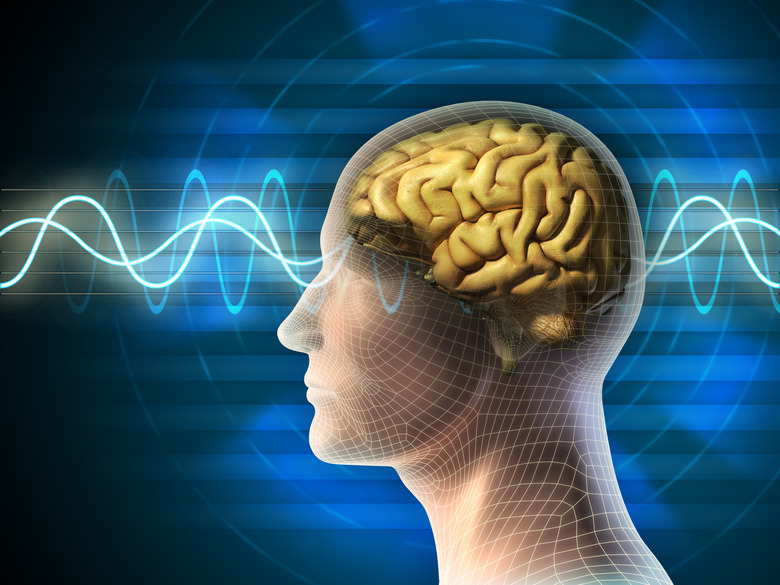Your Brain Chemistry Changes After Just Three Days Of Silence
We tend to think of silence as empty space. The absence of sound. But, it turns out that quiet isn't passive at all. In fact, after just three days of intentional silence, the brain begins to physically and functionally rewire itself.
A growing body of neuroscience shows that silence can spark changes in the brain comparable to months of meditation, cognitive training, or rigorous exercise. These changes don't take long to show up, either. They begin after about 72 hours of cumulative quiet.
One of the most surprising discoveries centers on the hippocampus, the part of the brain that governs memory. Scientists found that after three days of sustained silence, participants showed measurable growth of new brain cells in this region.
This kind of neurogenesis was previously thought to require long-term interventions. But, for people regularly exposed to noise, the effect was even more dramatic, suggesting those most stressed by sound may benefit the most from the changes silence drives in the brain.

Silence also transforms brainwave activity. People shift from fast, high-alert beta waves to slower alpha and theta waves associated with calm focus and creativity. By the third day, participants were reaching these states more quickly, within minutes instead of hours. These same patterns are typically linked to deep meditation or states of flow.
The emotional benefits are just as striking. After a few days of silence, the brain's emotional centers change to communicate more efficiently. People become better at noticing early signs of emotional stress and responding to them with more clarity.
Participants in silent retreats reported steadier moods, fewer overreactions, and increased resilience. Remarkably, these effects lasted for weeks after the silent period ended. With the brain no longer busy processing constant sound, other senses grow sharper.
People demonstrated better vision, taste, smell, and touch, confirmed by standardized testing. This sensory sharpening stems from the brain reallocating resources, a process known as cross-modal plasticity. It's one reason silence may be especially helpful for those in high-performance sensory fields like culinary arts or design.
Cognitive performance also improves. Working memory, the ability to hold and manage information in the moment, saw consistent gains. People recalled details more easily, solved problems faster, and made fewer mental errors after just a few days of silence. These advantages appeared across a wide range of individuals, from professionals to retirees, signifying major changes in the brain.
Silence may even help protect the brain over time. Long-term studies found that regular quiet periods could slow age-related decline and reduce stress-related damage to the brain. In clinical trials with older adults, structured silence improved memory, lowered anxiety, and delayed the progression of cognitive impairment.
You don't need to go on a remote retreat to experience these benefits. About two hours of accumulated quiet a day—spaced throughout mornings, breaks, and evenings—is enough to produce measurable effects, researchers say.
Starting the day without screens, taking a short walk without earbuds, or carving out ten minutes between tasks can all add up. We're still working to understand how the brain changes, and we just found out the brain doesn't learn how we thought But this breakthrough takes us one step closer to fully understanding the human brain.
In a world filled with endless distractions and digital noise, silence may be one of the most powerful and overlooked tools for mental clarity and long-term brain health. Quiet time, it turns out, isn't just a luxury. It's a neurological necessity.
